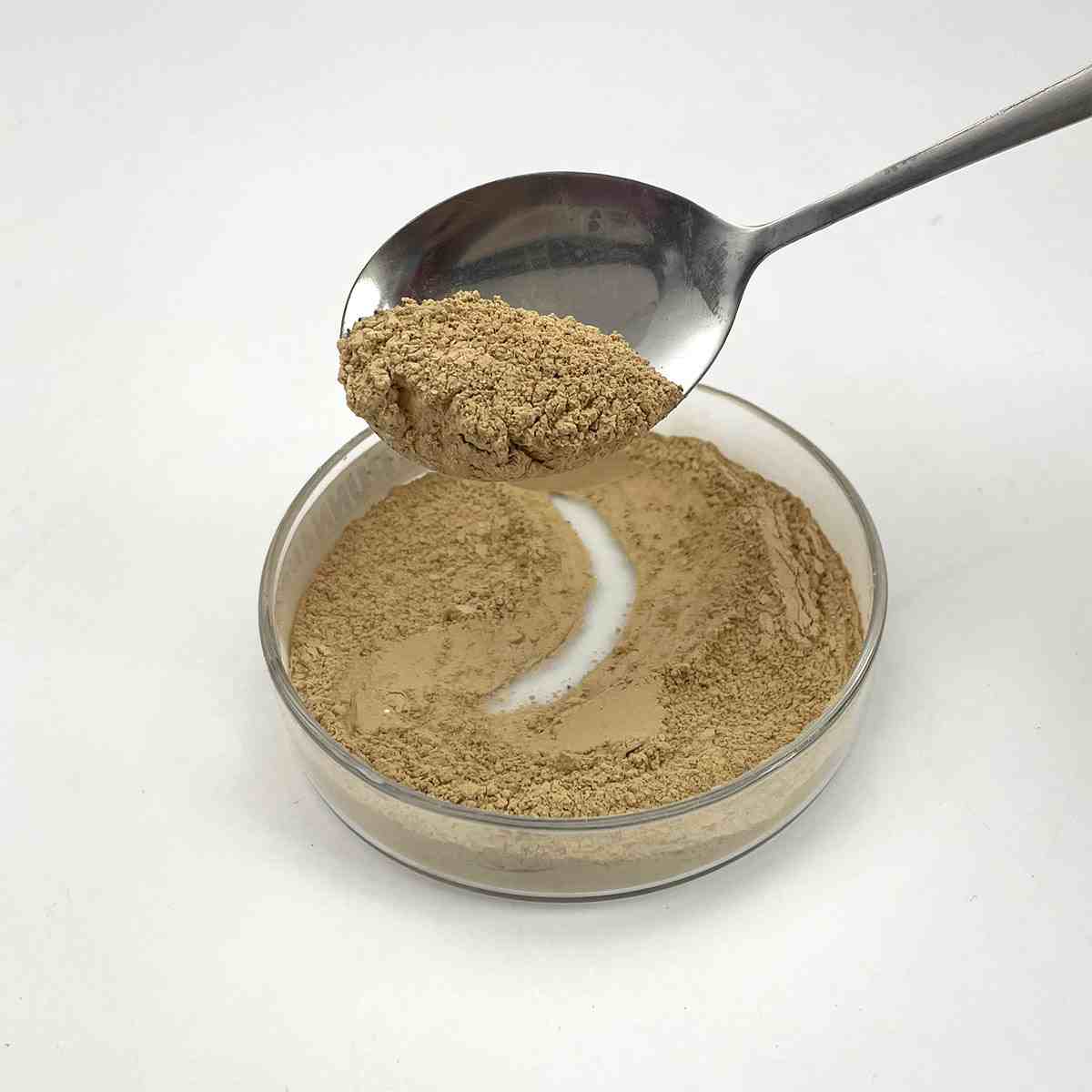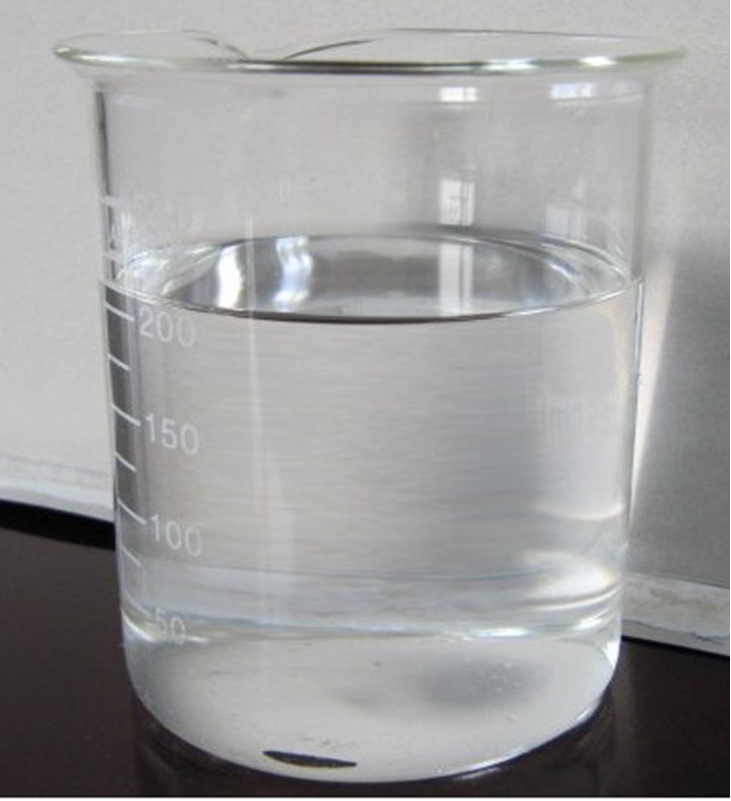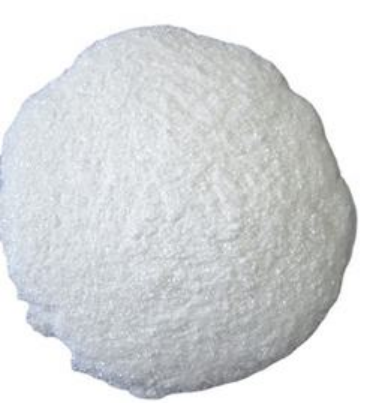1. Introduction
In the past 48 hours, a major skincare brand announced a full reformulation of its best-selling facial cleanser to remove sodium lauryl sulfate (SLS) due to rising consumer complaints about dryness and irritation. This move reflects a growing trend toward milder, bio-based surfactants in cosmetics and cleaning products. If you’re experiencing similar issues or formulating your own products, this guide will help you navigate SLS alternatives effectively.

Sodium lauryl sulfate—also known as sodium dodecyl sulfate, sls sodium lauryl sulfate, or na lauryl sulfate—is a powerful anionic surfactant widely used for its foaming and cleansing properties. However, its harshness on skin and eyes has led many formulators and consumers to seek safer options.
2. Understanding Sodium Lauryl Sulfate and Its Role
Sodium lauryl sulfate (SLS) is an anionic surfactant derived from lauryl alcohol, often sourced from coconut or palm kernel oil. As a surfactant, it reduces surface tension, allowing water to mix with oil and dirt for easier rinsing. The meaning of surfactant lies in its ability to act at interfaces—making it essential in shampoos, toothpastes, detergents, and even herbicide adjuvants like surfactant for weed killer.
Despite its effectiveness, SLS can strip natural oils, cause irritation, and disrupt the skin barrier—especially in sensitive individuals. This has spurred interest in alternatives such as sodium laureth sulfate (also called sodium lauryl ether sulfate or laureth sulphate), which is ethoxylated and generally milder.
3. Common Problems with Sodium Lauryl Sulfate
Many users report redness, itching, or flaking after using SLS-containing products. In agricultural applications, improper use of SLS as a lawn wetting agent can damage grass or reduce herbicide efficacy if not paired correctly with nonionic surfactants like polysorbate 80 or Span80.
- Skin and eye irritation in personal care products
- Over-drying of hair and scalp when used in shampoos with sodium lauryl ether sulphate in shampoo formulations
- Incompatibility with cationic ingredients like cetyl trimethyl ammonium bromide (CTAB), leading to reduced performance due to anionic cationic interactions
- Environmental concerns, as SLS is not always biodegradable in high concentrations

4. Step-by-Step Guide to Replacing SLS Safely
4.1 Identify Your Product Type
Determine whether you’re formulating a shampoo, body wash, toothpaste, or herbicide. Each requires different surfactant properties. For example, a wetting agent for grass needs nonionic surfactant compatibility, while a facial cleanser benefits from amphoteric or non-ionic options.
4.2 Choose a Suitable Alternative
Replace SLS with one or more of these gentler surfactants:
- Alkyl polyglucoside (e.g., decyl glucoside or coco glucoside): non-ionic, bio surfactants derived from sugar and coconut oil
- Cocamidopropyl betaine (also called coco betaine or amidopropyl betaine): amphoteric, boosts foam and reduces irritation
- Sodium cocoyl isethionate or sodium lauroyl methyl isethionate: mild anionic surfactants ideal for solid bars
- Sodium coco sulfate or coco sodium sulfate: milder than SLS but still anionic
- Sodium cocoyl glutamate or sodium lauroyl sarcosinate: amino acid-based, excellent for sensitive skin
Avoid pairing anionic surfactants with cationic ones like cetyltrimethylammonium bromide unless specifically stabilized, as they can neutralize each other.

4.3 Adjust Formulation Ratios
Start with 5–15% total surfactant concentration. For example, blend 8% decyl glucoside with 4% cocamidopropyl betaine for a balanced, low-irritant cleanser. If using in herbicides, follow label instructions—typically 0.25–1% surfactant per gallon of water.
4.4 Test for Stability and Performance
Check pH (aim for 5.0–6.5 for skin products), foam quality, and clarity. Ensure compatibility with other ingredients like ethoxylated alcohol, poloxamer 188, or lignin sulfonate if used as thickeners or co-surfactants.
5. Where to Source Quality Ingredients
Reputable suppliers like Rohit Surfactants Private Limited offer sodium lauryl sulfate for sale alongside alternatives such as sodium dodecylbenzene sulfonate or bio surfactants. Always request certificates of analysis to verify purity—especially if avoiding contaminants like 1,4-dioxane in ethoxylated surfactants (e.g., sodium laureth).
For agricultural use, ensure your surfactant for herbicides is labeled for tank mixing and compatible with active ingredients like glyphosate. Nonionic surfactant types like polysorbate 80 or ethoxylated alcohols are commonly recommended.
6. Conclusion
Replacing sodium lauryl sulfate doesn’t mean sacrificing performance. By understanding surfactant chemistry—particularly the differences between anionic, cationic, nonionic, and amphoteric types—you can formulate safer, effective products. Whether you’re a DIY enthusiast or a professional formulator, choosing alternatives like alkyl polyglucoside, cocamidopropyl betaine, or sodium lauroyl sarcosinate ensures gentler results without compromising function.
Our Website founded on October 17, 2012, is a high-tech enterprise committed to the research and development, production, processing, sales and technical services of ceramic relative materials such as How. Our products includes but not limited to Boron Carbide Ceramic Products, Boron Nitride Ceramic Products, Silicon Carbide Ceramic Products, Silicon Nitride Ceramic Products, Zirconium Dioxide Ceramic Products, etc. If you are interested, please feel free to contact us.


